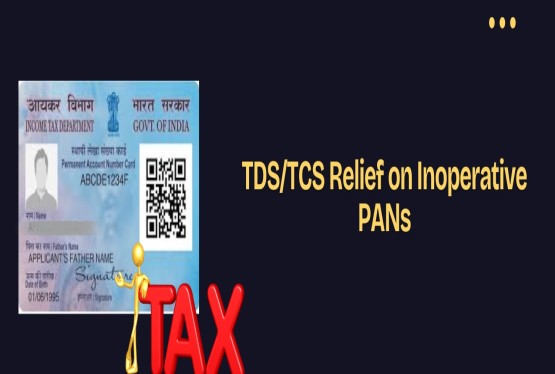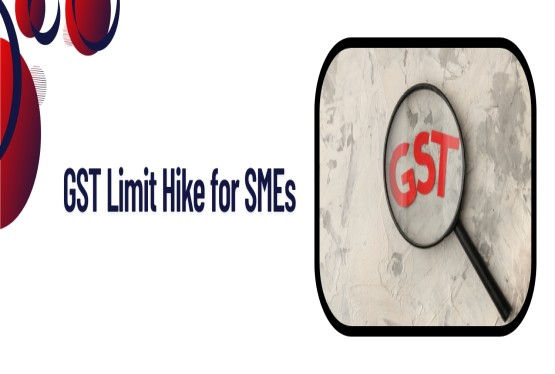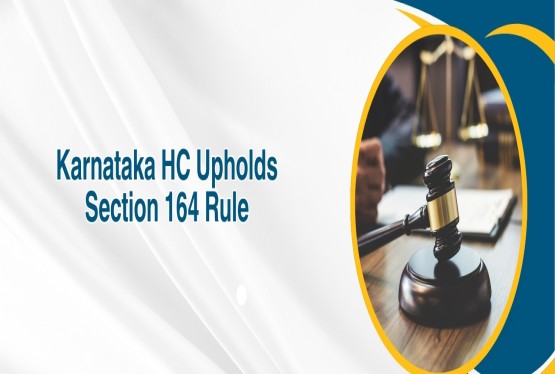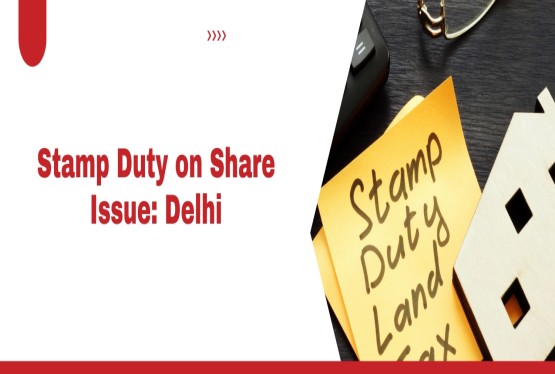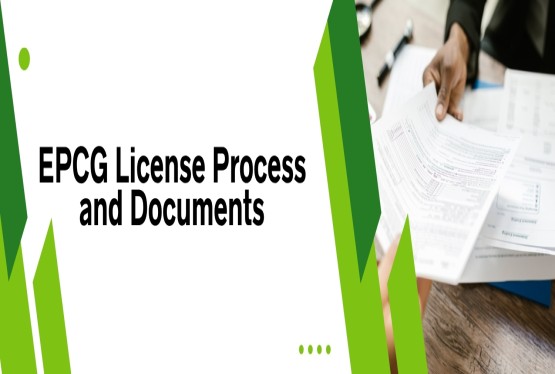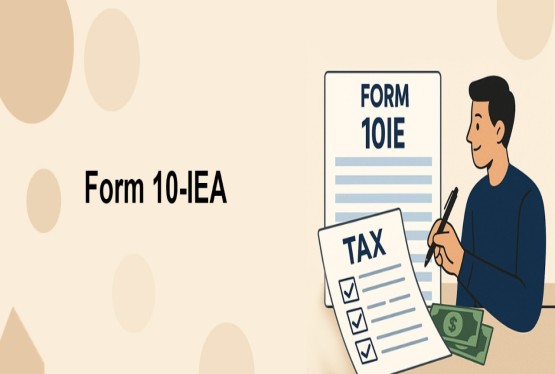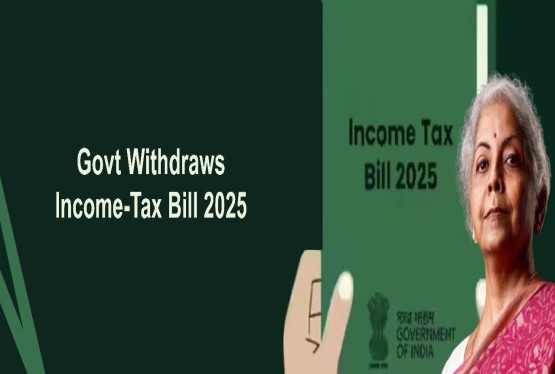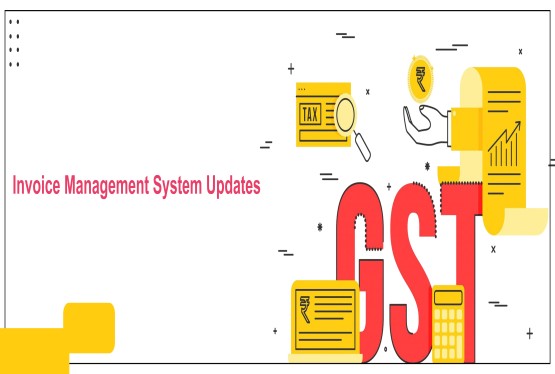Buying property in Maharashtra comes with financial obligations that go beyond just the price of the property. One of the key legal requirements is paying the stamp duty and registration charges. These charges are mandatory to officially register a property transaction in government records. Understanding these costs is crucial for homebuyers, as it helps in budgeting and ensures compliance with the law.
What is Stamp Duty in Maharashtra?
Stamp duty in Maharashtra is a type of indirect tax imposed by the state government. It is levied on various property transactions and is essential for the legal recognition of ownership. Stamp duty is applicable to residential, commercial, agricultural, and industrial properties, including apartments, flats, villas, freehold and leasehold lands, and non-agricultural plots.
Apart from stamp duty, buyers must also pay a registration charge. This fee is necessary to officially register the property documents with the sub-registrar's office. Whether the property is located in an urban or rural area, payment of both stamp duty and registration charges is mandatory for legal validity.
Maharashtra Stamp Duty Act
The stamp duty in the state is governed by the Maharashtra Stamp Duty Act of 1958. Over the years, this Act has undergone amendments to reflect changes in the real estate landscape and to streamline processes. Notable updates include revised stamp duty rates for gift deeds, the introduction of electronic payment options, and enhanced penalty provisions for non-compliance. The Act ensures uniformity and transparency in the collection of stamp duty across different property transactions.
Stamp Duty Rates and Registration Charges in Maharashtra
As of 2025, the stamp duty and registration charges in Maharashtra vary based on the location of the property and the gender of the buyer. Here's a breakdown of the current rates:
-
In urban areas within municipal limits, male buyers pay 6% stamp duty, while female buyers pay 5%. The registration charge is 1% of the property value.
-
For properties in Gram Panchayat jurisdictions, the stamp duty is 3% for men and 2% for women, with a 1% registration charge.
-
Properties in Panchayat, Municipal Council, or Cantonment zones within MMRDA attract a stamp duty of 4% for men and 3% for women, along with a 1% registration fee.
These rates aim to promote transparency and uniform application across the state, while also offering concessions to women buyers to encourage female property ownership.
Stamp Duty and Registration Charges for Different Cities in Maharashtra
In addition to location-based rates, different cities in Maharashtra have slightly varied stamp duty and registration charges due to factors like local body tax, metro cess, and transport surcharge. Here's how it works in key cities:
Pune:
-
Male buyers pay 7%, which includes 1% local body tax, metro cess, and transport surcharge.
-
Female buyers pay 6%, covering the same surcharges.
-
If the property value exceeds Rs. 30 lakh, a flat registration fee of Rs. 30,000 applies. Otherwise, it’s 1% of the property value.
Navi Mumbai:
-
Male buyers are charged 7%, including a 1% metro cess.
-
Female buyers pay 6% plus the same 1% metro cess.
-
For properties below Rs. 30 lakh, the registration fee is 1% of the property value.
Pimpri-Chinchwad, Nagpur, and Thane:
-
The rates and conditions are similar to Pune, with 7% for men and 6% for women including all surcharges. Registration is Rs. 30,000 for properties above Rs. 30 lakh, and 1% otherwise.
Mumbai and Suburban Areas:
-
Mumbai city has a slightly lower rate of 6% for men and 5% for women, which includes 1% metro cess.
-
Western, Central, and North Mumbai (Harbour Line) areas have a consistent rate of 5% stamp duty plus 1% metro cess for both genders.
-
The registration fee is 1% for all properties valued below Rs. 30 lakh.
These city-wise differences exist due to local urban development policies and surcharge structures, and buyers should confirm the applicable rate based on their location.
Stamp Duty for Different Deeds in Maharashtra
Different types of property deeds attract different stamp duties. Here’s a detailed look:
-
Lease Agreements: These attract a 5% stamp duty.
-
Gift Deeds: For gifting residential or agricultural property to family members, a nominal Rs. 200 stamp duty is applicable.
-
Power of Attorney: For properties in municipal limits, the stamp duty is 5%, while in Gram Panchayat areas, it's 3%.
-
Gift Deeds across Mumbai and Maharashtra: The stamp duty on such deeds is 3% when not gifted to family members.
These variations reflect the intent of the transaction and help maintain a balance between revenue collection and support for family-oriented property transfers.
How to Calculate Stamp Duty in Maharashtra?
Stamp duty calculation in Maharashtra depends on two key factors:
-
The assessed value of the property
-
The government’s pre-decided ready reckoner rate
The ready reckoner rate is the minimum value at which a property can be legally registered in the area. It is fixed by the state government and reflects the market value trends in a particular location. Stamp duty is calculated on the higher value between the actual property price and the reckoner rate.
For example:
-
If the market value of the property is Rs. 72,00,000 but the reckoner rate is Rs. 62,00,000, the stamp duty will be calculated on Rs. 72,00,000.
Illustration:
-
Reckoner Rate: Rs. 75,000 per sq. m
-
Flat Size: 900 sq. m
-
Total Property Value: Rs. 6,75,00,000
-
Stamp Duty (5%): Rs. 33,75,000
This ensures fair valuation and prevents undervaluation of property transactions to evade tax.
How to Pay Stamp Duty in Maharashtra?
Maharashtra offers three convenient options to pay stamp duty:
-
Paper-Based Method: Buyers can purchase non-judicial stamp papers from the sub-registrar’s office. The agreement is printed on these papers and submitted for registration.
-
Franking Process: In this method, the agreement is printed on plain paper and the stamp duty is paid at a franking center or bank. The bank then stamps the paper as proof of payment.
-
Online Mode: Maharashtra has streamlined the process by enabling online payment through its official stamp duty portal.
-
Visit the website and choose ‘Pay Without Registration’ or log in.
-
Click on ‘Citizen’ and then ‘Make Payment to Register Your Document’.
-
Select whether to pay only stamp duty or both stamp duty and registration fees.
-
Fill out the form, submit it, and proceed to pay.
-
Once payment is made, a challan is generated as proof.
Exemptions and Concessions on Stamp Duty in Maharashtra
The Maharashtra government offers a 1% concession on stamp duty for women homebuyers. This step aims to promote women empowerment and encourage female ownership of property. It serves as a financial incentive for women to invest in real estate and helps bridge gender gaps in asset ownership.
However, to avail of this concession, the woman must be the sole or joint owner mentioned in the property registration document.
Conclusion
Being aware of the Stamp Duty and Registration Charges in Maharashtra 2025 is important for any homebuyer in the state. Whether you're buying in Mumbai, Pune, or any other city, these charges form a significant part of the transaction. Understanding the rates, the method of calculation, and available concessions helps in better financial planning and ensures compliance with the law.
Buyers should also leverage the online systems provided by the Maharashtra government to complete their registration quickly and efficiently. With digital payment modes, gender-based concessions, and clearly laid out procedures, registering property in Maharashtra has become more streamlined and transparent.
For more details or a free consultation, visit Compliance Calendar LLP official website and connect with their expert advisors.
Email: info@ccoffice.in
Call/Whatsapp: +91 9988424211
FAQs
Q1. What is the current stamp duty rate for women buyers in urban areas of Maharashtra in 2025?
Ans. In 2025, women buying property in urban areas within municipal limits in Maharashtra are required to pay 5% stamp duty, which is 1% less than the rate applicable to male buyers. This concession is aimed at encouraging women’s ownership in real estate.
Q2. How is stamp duty calculated in Maharashtra?
Ans. Stamp duty is calculated based on the higher of the actual transaction value of the property or the government-defined ready reckoner rate. For example, if your flat is valued at Rs. 75,00,000 and the reckoner rate is higher, say Rs. 80,00,000, the stamp duty will be calculated on Rs. 80,00,000.
Q3. What are the methods available for paying stamp duty in Maharashtra?
Ans. There are three methods for paying stamp duty:
-
Paper-based method using non-judicial stamp paper.
-
Franking method through authorized banks or centers.
-
Online payment through the official Maharashtra stamp duty portal.
Q4. What is the registration charge for properties in Maharashtra?
Ans. The property registration charge in Maharashtra is 1% of the property value, subject to a cap. For properties above Rs. 30 lakh, a flat fee of Rs. 30,000 is applicable in cities like Pune, Nagpur, Thane, and Pimpri-Chinchwad.
Q5. Is there any stamp duty concession for gifts of residential or agricultural property to family members?
Ans. Yes, when gifting residential or agricultural property to close family members, the stamp duty is only Rs. 200, making it highly affordable to transfer property within the family.
Q6. What are the stamp duty rates for properties under Gram Panchayat jurisdiction in Maharashtra?
Ans. In Gram Panchayat areas, male buyers pay 3%, and female buyers pay 2% as stamp duty. The registration charge remains uniform at 1% for both genders.
Q7. How can I get a copy of the challan after paying stamp duty online in Maharashtra?
Ans. After successful online payment, a challan is auto-generated on the Maharashtra stamp duty portal. This challan serves as proof of payment and should be saved and submitted during the property registration process.

_crop6_thumb.jpg)






_crop10_thumb.jpg)




































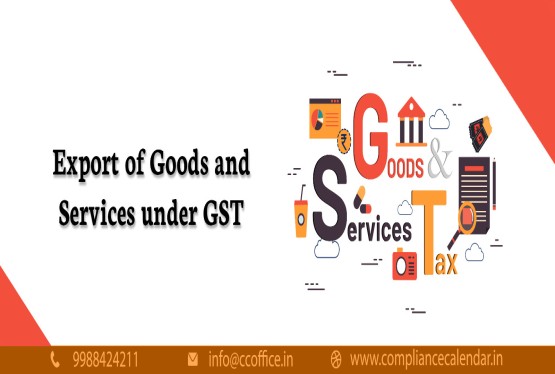













































_for_FY_2025-26_crop10_thumb.jpg)



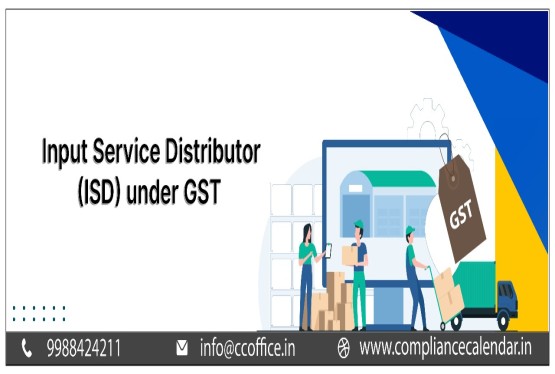








_learn_crop10_thumb.jpg)








_Filing_Due_Dates_for_FY_2024-25_learn_crop10_thumb.jpeg)
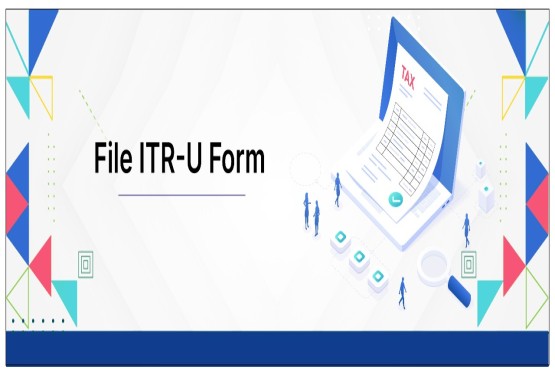
























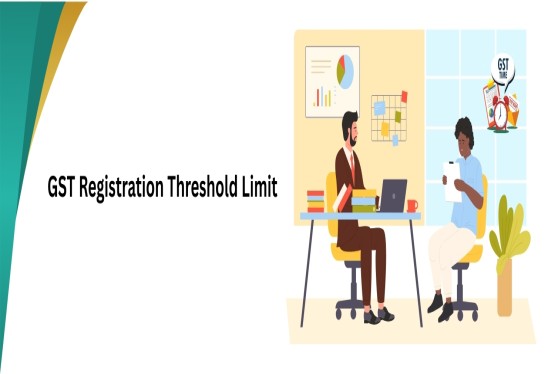
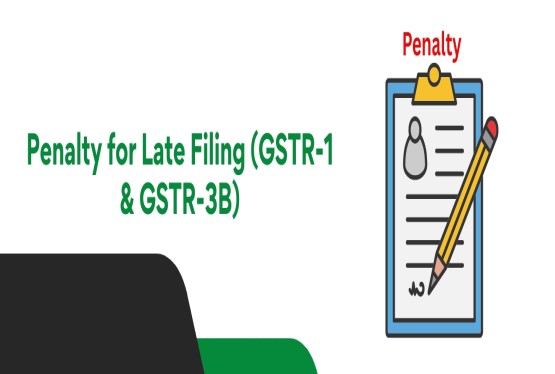












_of_GST_Act_learn_crop10_thumb.jpg)










_Under_GST_learn_crop10_thumb.jpg)









_crop10_thumb.jpg)


_crop10_thumb.jpg)






_learn_crop10_thumb.jpg)






















_of_the_Income_Tax_Act_learn_crop10_thumb.jpg)



_learn_crop10_thumb.jpg)






_learn_crop10_thumb.jpg)










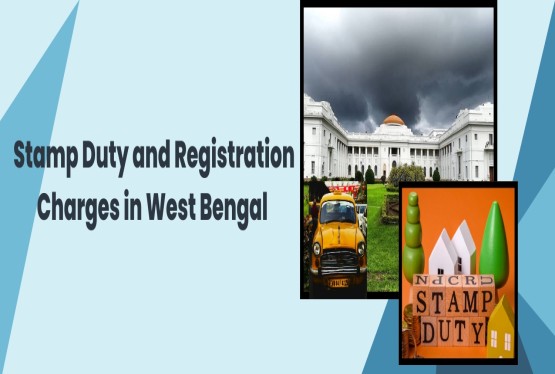















_in_The_Income_Tax_Act,_1961_learn_crop10_thumb.jpg)



_learn_crop10_thumb.jpg)



_of_the_Income_Tax_Act_learn_crop10_thumb.jpg)

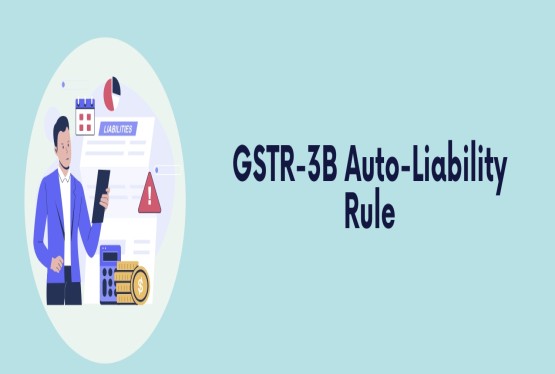
_Of_Income_Tax_Act_learn_crop10_thumb.jpg)








_learn_crop10_thumb.jpg)








_learn_crop10_thumb.jpg)
_crop10_thumb.jpg)

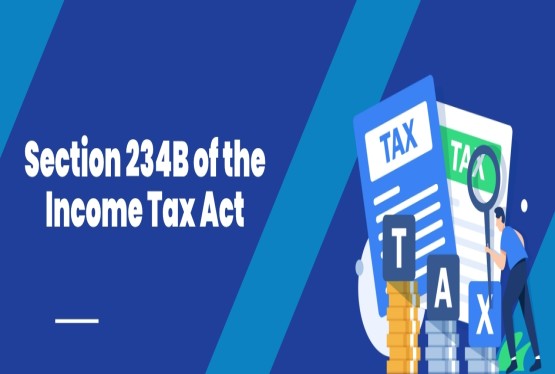




















_learn_crop10_thumb.jpg)
_for_Import_and_Export_learn_crop10_thumb.jpg)











